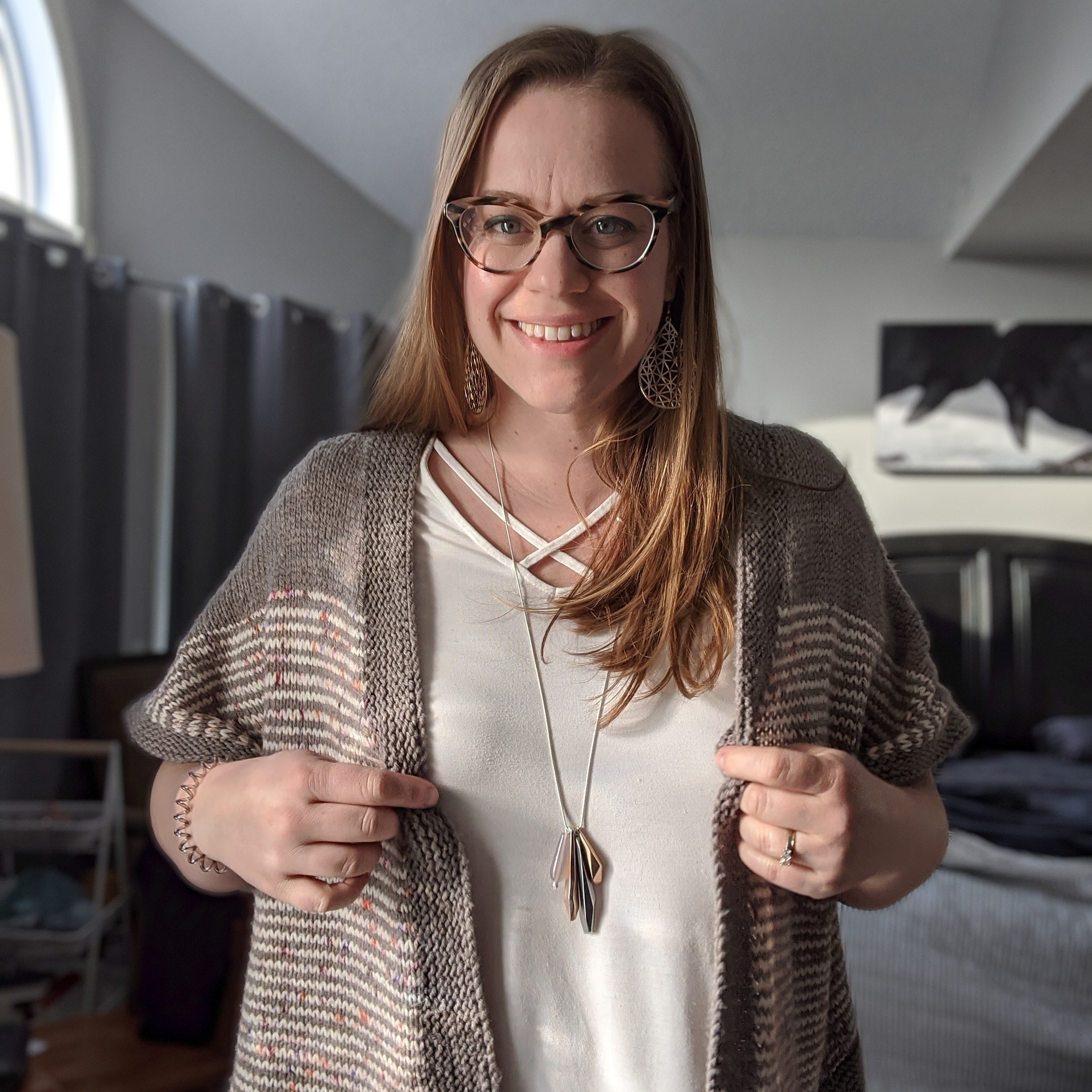So What is the EFT Cycle?
- Amy Nydam

- Apr 5, 2020
- 3 min read
Updated: Apr 7, 2020
Emotionally Focused Therapy is all about the most important people in our lives, and how we try to connect with them. Sometimes we do this in ways that aren't that healthy. We get into a negative cycle that just keeps us spinning.
The good news? It's no one person's fault... it's that nasty cycle that's messing you up. And the other good news? You can change it. Really. Research says so.
So, think about the last time you got in a fight with your partner, or even if you didn't fight, the last time there were intense feelings between you. What was the little thing that set you off? Was it a small comment that felt critical? Was it that they didn't respond quickly enough to a request? Maybe you were just lying in bed and felt distant.
We can all relate to this... a moment where a significant other isn't able to meet a need. It's usually not on purpose, but that doesn't make it feel any less threatening. When we sense threat, we look to quickly protect ourselves. We do this typically in two ways.
The first way is to withdraw. Withdrawers tend to feel that they aren't enough for their loved one: not good enough at meeting their needs.
The intent is to save the relationship by moving away, shutting down, hitting pause until emotions aren't running so high. In a healthy cycle, this can be the thing that is needed to help relationships stay on track and avoid doing or saying things that are hurtful. However, under stress, withdrawers shut down so completely that they may not even realize how they are feeling. This can leave their partners feeling left out in the cold.
The other way people might protect themselves is to pursue. Pursuers feel like they are too much, too intense.
They deal with their intense fear and longing by moving toward their loved one, trying to get them to open up and connect. In a healthy dynamic, this is how couples stay connected. Without pursuers, loved ones would be sitting in separate rooms of the house, never talking or sharing their frustrations. However, under stress, pursuers are so desperate to find a connection with their loved one that they may pursue by complaining or nagging, sometimes to the point of anger and criticism.
Typically, in any couple, there is one pursuer and one withdrawer. These dynamics are dyadic and flexible, which is to say that they change between relationships and can change over time.
You can see how these two positions might problematically intertwine.
The Pursuer, upon feeling disconnected or stressed, moves toward their loved one, perhaps with a mild complaint. The Withdrawer then feels criticized and moves away. This creates more insecurity for the Pursuer, who gets more desperate and starts openly criticizing, which then of course causes a complete shut down for the Withdrawer. And round and round it goes. The cycle.
No one person is at fault. Rather, it is each member coping with an unhealthy adaptation of their innately healthy desire to connect.
When couples and families get caught up in their cycle, it is really hard to spot it and stop it. Emotions are running so high, and nervous systems are working in over drive to try and find safety.
Give YEG Family Counselling a call to help get your cycle sorted out.
#yegfamilycounselling #yegcounsellor #yegpsychologist #psychologistsofinstagram #edmontonab #emotionallyfocusedtherapy #emotionallyfocusedtherapist #familytherapist #couplestherapist #efttherapist #onlinetherapy





Comments